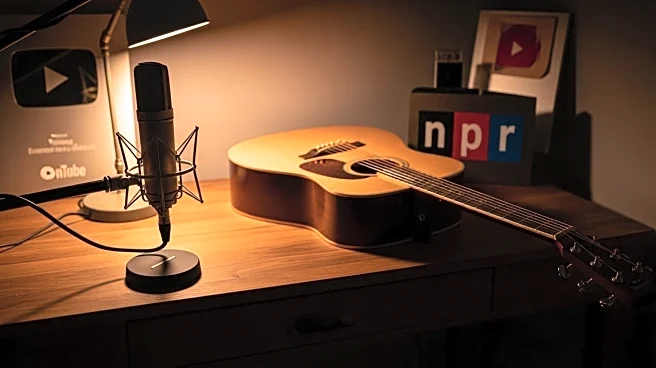What's Happening?
YouTube has introduced an AI system to estimate user ages, responding to legal pressures following the US Supreme Court's decision in Free Speech Coalition Inc. et al. v. Paxton. The AI analyzes viewing habits and search history to identify minors, automatically applying safety features like restricted access to mature content. This move aligns with a growing number of state regulations mandating age verification for accessing explicit content online. The Supreme Court's ruling has validated these regulations, compelling platforms like YouTube to adopt advanced technologies for compliance, potentially leading to increased litigation and liability for digital businesses.
Why It's Important?
The implementation of AI-driven age estimation by YouTube represents a significant shift in how tech companies address compliance with age-gating laws. As industry standards evolve, businesses face increased costs and challenges in maintaining compliance. The Supreme Court's decision has set a precedent for state regulations, potentially leading to more stringent requirements and legal scrutiny. This development could impact a wide range of digital platforms, forcing them to reassess their user verification processes and privacy policies, while also navigating a complex legal landscape.
What's Next?
The Free Speech Coalition ruling paves the way for more state legislatures to impose age verification mandates, increasing the compliance burden on digital platforms. As companies like YouTube adopt AI-driven solutions, the definition of 'commercially reasonable' verification methods will continue to evolve, raising the bar for industry standards. This could lead to more regulatory investigations and private litigation, as platforms face potential liability for failing to adequately protect minors online. Businesses may need to enhance their risk management protocols to adapt to these changing standards.











